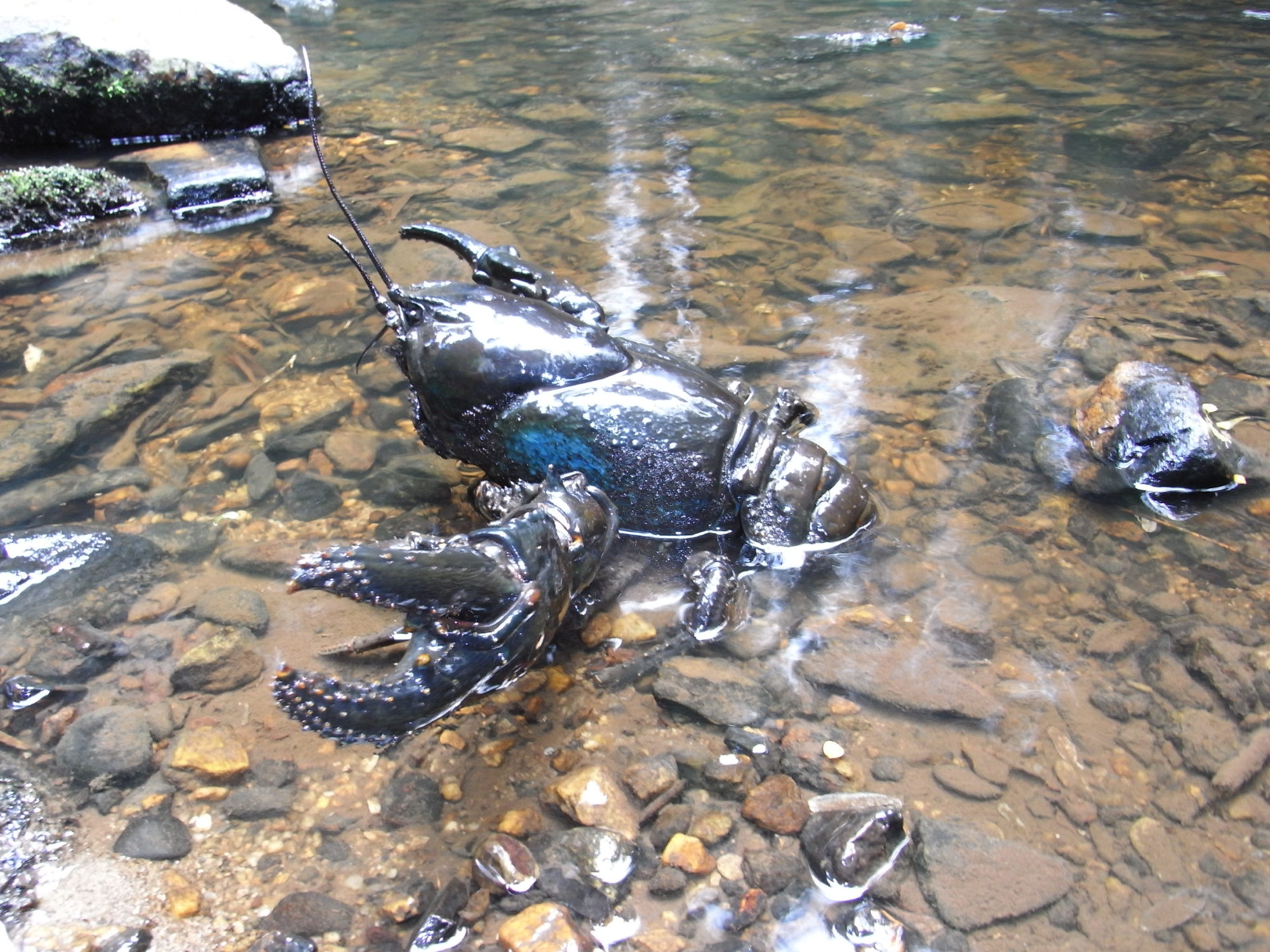The two main threats are habitat loss and illegal fishing. The giant freshwater crayfish needs cool clear water to live in, so, removal of trees along streams is a big problem. The tree canopy provides shade to keep the water cold and the plant material that they eat. Clearing also causes soil runoff into streams which clouds the water with particles of sediment. This exposes juveniles to predators, because it fills up the holes and crevices that they need to hide in. Fine sediment also makes it hard for crayfish to get oxygen as it blocks their feathery gills. Fishing for the giant freshwater crayfish was completely banned in 1998. Prior to this fishing was banned on some rivers and allowed on others. This was found to be ineffective, with overfishing just as common on the protected rivers as elsewhere. Sadly, despite almost 20 years of complete protection, illegal fishing is still a big problem.

Protecting Habitat for The Giant Freshwater Crayfish